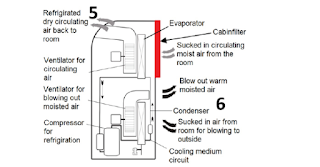Iris Publishers - Current Trends in Clinical & Medical Sciences (CTCMS)

Turning Back the Clock: The Effect of the COVID-19 Response in Sub-Saharan Africa and Other Low- Income Countries Authored by Sanghvi Reema Introduction The COVID-19 pandemic has affected everyone across the world, either through the disease itself or with our response to the disease as healthcare professionals, for the better part of a year. In the matter of a few months, it managed to spread from its little corner of the world to a true pandemic. In response to this global pandemic many affluent nations have instituted lockdown procedures to protect their population, a practice that has been adopted by many low to low- middle income countries (LMICs) as well. Unfortunately, this pandemic does not take place in a vacuum, and individuals can have more than one condition with resultant needs outside their homes. This becomes readily apparent when considering someone receiving medical treatment for a disease such as HIV or TB, who may struggle keeping their treatment appointments. I...

